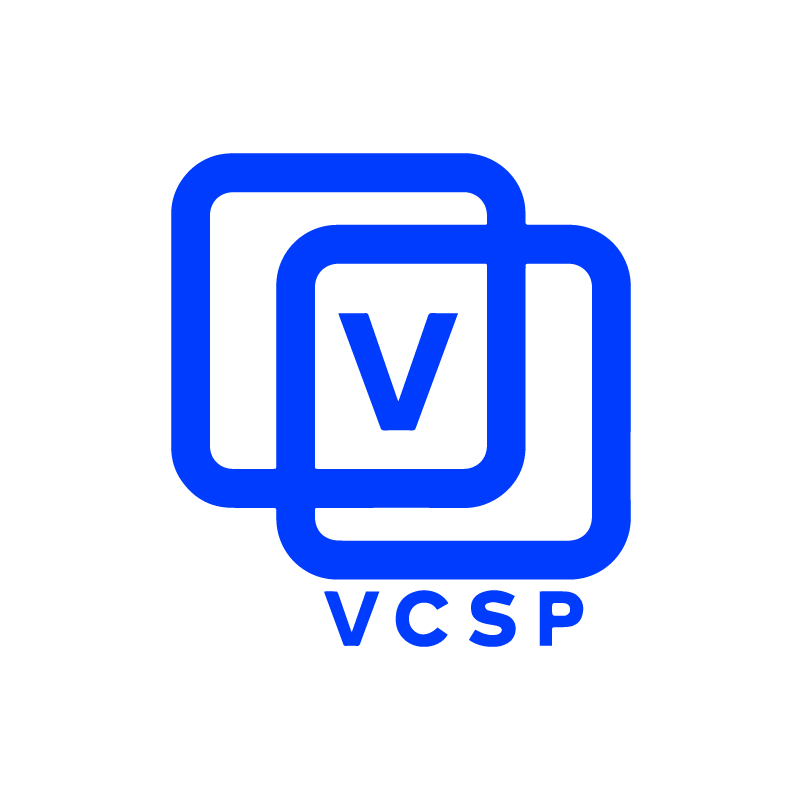2D and 3D Design
We can create factory layouts and machinery in both 3D and 2D designs.
2D and 3D design are two different approaches used in food manufacture.
2D Design
2D design refers to two-dimensional design, which involves creating images or graphics with only width and height dimensions. In 2D design, the objects or elements are represented using lines, shapes, colours, and textures.
These are ideal for stand-alone food machinery, which can be considered outside of a complete line.
3D Design
3D design, on the other hand, refers to a three-dimensional structure. It involves creating objects or environments with width, height, and depth dimensions, giving them a sense of volume and spatial representation. 3D design is commonly used in architecture, industrial design, factory layouts, product design and virtual reality. In 3D design, objects are created using computer software and can be viewed from different angles and perspectives. This allows for a more realistic representation of layouts and machinery.
In 3D design, engineers can manipulate objects’ position, size, shape, texture, and lighting to create a desired visual effect. You can also apply materials and textures to surfaces and simulate real-world physics to make the objects interact realistically with their environment. The 3D design aims to create virtual three-dimensional objects or spaces that can be viewed from various angles, providing a more immersive and realistic experience.
